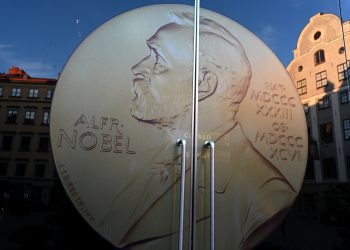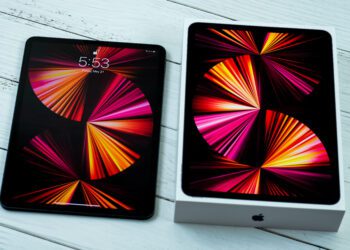Las empresas estadounidenses se han comprometido a dar tiempo libre a los empleados para votar en las elecciones presidenciales de este 2020.
Las empresas de los Estados Unidos quieren que la participación de los votantes aumente en las elecciones generales de 2020, y planean lograrlo con un movimiento no partidista llamado Time to Vote , que insta a los directores ejecutivos y dueños de negocios a hacer arreglos para que sus trabajadores puedan salir y votar. .
Un informe de Chip Cutter en The Wall Street Journal dice que al menos 383 empresas, con más de dos millones de trabajadores en 50 estados, incluidos JPMorgan Chase, Lyft, DICK’S Sporting Goods, PayPal, Patagonia, VF Corporation, Walmart, Hewlett Packard y cientos más. se han adherido a la iniciativa, formada originalmente antes de las elecciones de mitad de período de 2018, cuando se unieron 411 empresas que representan a los 50 estados y una variedad de industrias. Los organizadores apuntan a reclutar 1,000 empresas para noviembre, ya que las elecciones presidenciales de 2020 están programadas para el martes 3 de noviembre. Esfuerzos como el tiempo libre pagado el día de las elecciones o hacer que el día de las elecciones sea un día sin reuniones son solo algunas de las formas en que la iniciativa sugiere que los líderes corporativos desempeñen un papel.
Historically, the shadow of low voter turnout has loomed large over the US, even when the average global voter turnout rate has dropped by more than 10% over the last 25 years, according to the 2017 World Bank Development Report. In a 2018 investigation by Pew Research Center, the United States ranked 31st out of 35 countries for voter turnout based on the voting age populace, among its peers that are a part of the Organization for Economic Cooperation and Development (OECD), most of whose members are highly developed, democratic states. The highest turnout rates among OECD nations were in Belgium (87.2%), Sweden (82.6%) and Denmark (80.3%). Since 1976, Pew Research Center data adds, voting-age turnout has remained within an 8.5 % point range – from just under 50% in 1996, when Bill Clinton was re-elected, to just over 58% in 2008, when Barack Obama won the White House, which also proved to be the most racially and ethnically diverse in U.S. history, driven by increases both in the number and in the turnout rates of minority eligible voters. However, according to a 24/7 Wall Street report from Evan Comen, Michael B. Sauter, Samuel Stebbins, Thomas C. Frohlich and Alexander Kent, voter participation also depends on the state where you vote, as fewer Americans vote when their states are less competitive in races between Democrats and Republicans.
These harsh numbers hitting American democracy can be summarized into one steep problem: A lack of trust. Americans’ trust in all of the most important democratic institutions has been falling for decades, especially for the government’s ability to deal with domestic and international problems, so it results in no surprise voter turnout has paralleled with an absence in the voter stall.














